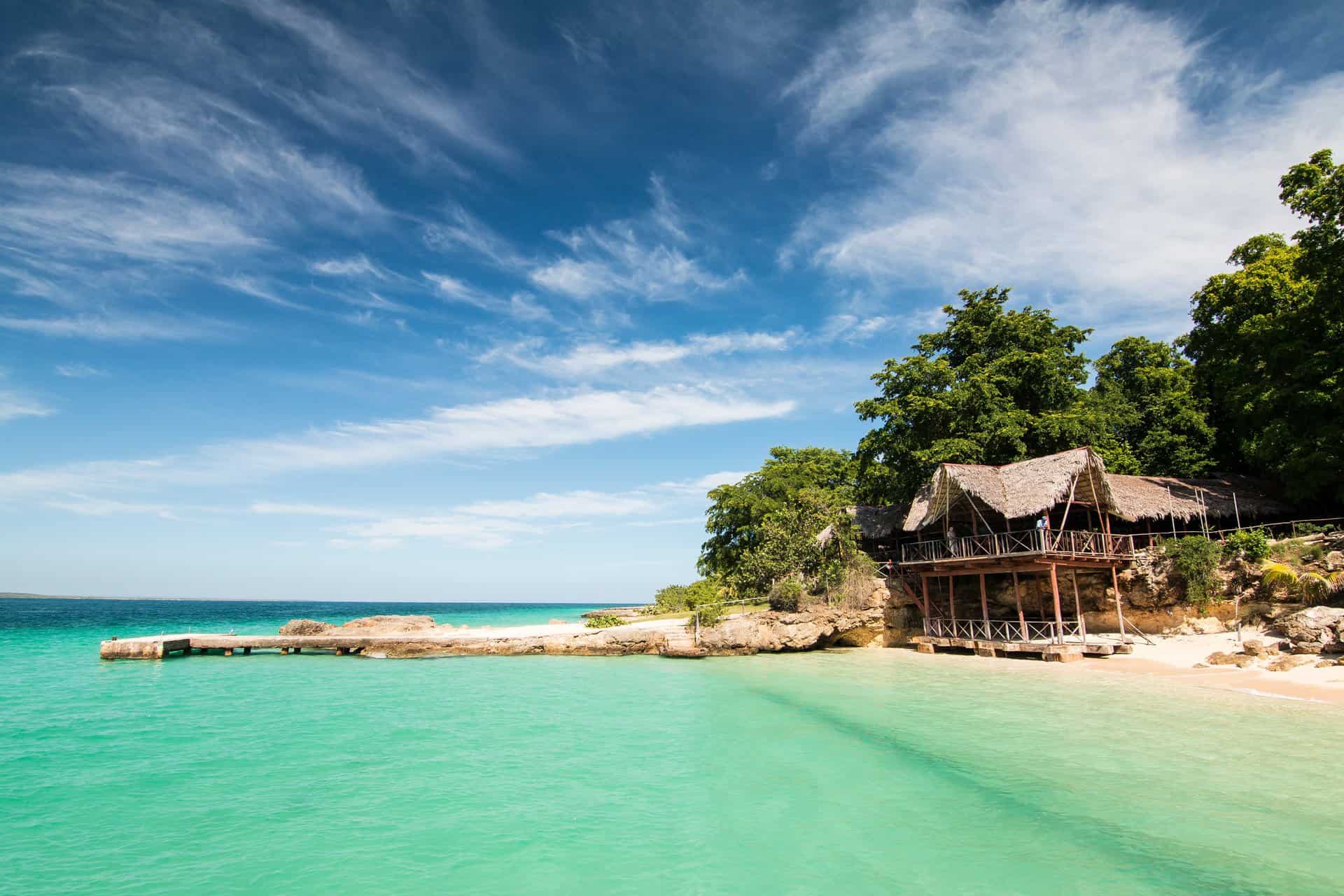
Mexican wildlife is kaleidoscopic.
Tropical rainforests, tangled mangroves, vast deserts, and alpine tundra are home to a myriad of vibrant flora and fauna. From enormous blue whales and candy floss-coloured flamingoes to clouds of auburn butterflies that blaze across the skies in their millions, discover some of the most fascinating animals found across Mexico.
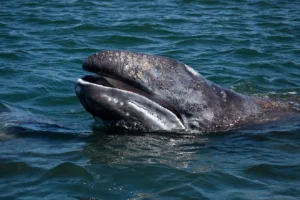
Whales
Complex marine ecosystems shelter an astonishing variety of underwater life in Mexico. This includes the largest known animal to ever have existed on our planet: the blue whale. Reaching up to 30m in length, these graceful giants migrate each year to the warm waters of Loreto Bay in Baja California to birth their calves. Though they are particularly shy and elusive creatures, the best time to see blue whales in Mexico is between January and March.
From December to March, you can observe grey whales in Magdalena Bay in Baja California. Here, tranquil lagoons act as a protected nursery for young calves. Surprisingly friendly toward humans, curious grey whales often approach boats to take a good look at visitors. With any luck, you’ll also catch sight of humpback whales which migrate along the Pacific coast from December to March, passing the Riviera Maya and Oaxaca on their epic journey.
Spot humpback whales along the Pacific Coast while staying at the natural haven of Cuixmala. Located within a thriving eco-reserve, it’s one of the best destinations to see wildlife in Mexico.

Big Cats
Wild felines roam the lush jungles and mangroves of Mexico. At least five species of big cats live in the Yucatán Peninsula alone. Perhaps the most emblematic is the jaguar, which was once worshipped as a god in Mayan Culture and remains a powerful symbol of strength to this day. Stealthy pumas prey on mammals found in the jungles of the Caribbean, such as collared peccaries and white-tailed deer. Meanwhile, jaguarundis, margays, and ocelots hunt for rodents and lizards by night. Though their numbers are dwindling due to deforestation, these secretive felines still exist in hidden corners of the Yucatán Peninsula.
Looking to walk in the path of the jaguar? Chable Yucatán is a luxurious retreat nestled in the heart of the Mexican jungle where you’ll be enveloped by the soothing sounds of nature.
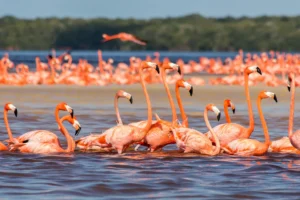
Birds
Home to over 1100 species of birds, Mexico is undoubtedly one of the best bird-watching destinations in the world. Famous for their graceful curved necks and striking pink feathers, tens of thousands of flamingos flock to the Yucatán Peninsula each year. They travel between the breeding grounds of Celestún (December to April) and the nurseries for young, fluffy chicks in Rio Lagartos (March to June). Meanwhile, in the jungles of Chiapas, keel-billed toucans sway in the treetops and scarlet macaws soar overhead. Even in major cities like Guadalajara, birdlife abounds and you’ll see minute, hyperactive hummingbirds flitting among colourful blooms.
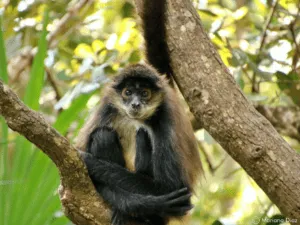
Monkeys
Scattered with imposing ruins and thunderous waterfalls, the thick rainforests of Palenque are like a scene straight out of The Jungle Book. Here, the guttural roar of howler monkeys creates an otherworldly atmosphere, not least because they are among the loudest creatures on earth. It’s common to spot groups of these noisy primates up in the jungle canopy as they forage for tropical fruits, flowers, and buds. What’s more, at daybreak you may spy long-limbed spider monkeys leaping deftly between branches at dizzying heights.

Turtles
Six out of seven of the world’s species of sea turtle nest on the coastlines of Mexico. Leatherback, loggerhead, hawksbill, and white turtles can all be found along the sparkling white sand beaches of the Yucatán Peninsula. Another important stronghold is Baja California, where green and olive ridley varieties nest. Baby sea turtles are often released along the coastline of San Agustinillo in Oaxaca. If you want an up-close look, opt for a stay in the luxurious Casa Aamori, located on the secluded beachfront.
Turtles are by no means the only reptiles you’ll find in Mexico. Lizards of all shapes and sizes scurry along walls and hide in crevices. Plus in the coastal lagoons of the Yucatán Peninsula, crocodiles glide between the twisted roots of mangroves.
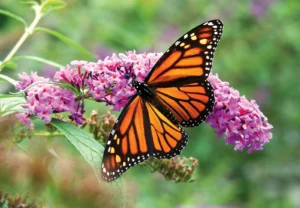
Monarch Butterflies
The arrival of monarch butterflies migrating from Eastern Canada sets the woodlands ablaze with colour. Every year between October and March, 500 million butterflies descend upon the highland forests of central Mexico, cloaking the sacred fir trees in deep orange and gold. They are drawn by one particular plant- milkweed- which makes excellent food for young larvae. Gathered in enormous clusters that weigh down branches, the insects are woken only by sunlight. When the sun’s gentle rays touch their wings, a great swirling mass of butterflies paints the sky orange. Undoubtedly, it’s one of Mexico’s most impressive wildlife spectacles.

See For Yourself…
Besides these marvels, there is plenty more weird and wonderful wildlife in Mexico. On a hand-crafted journey, you could discover colonies of playful sea lions, pods of bottlenose dolphins, and snuffling anteaters. Speak to one of our specialists today to begin planning your wildlife adventure in Mexico.
Related Stories

A Journey Through Mexico | Hattie Mills

Oaxaca | Surf, Markets & Mezcal in Mexico

Susannah Rigg | Mexico Retold
@plansouthamerica
